Thank you for visiting! By the way… any links on this page that lead to products on Amazon and other stores/partners are affiliate links Aquarium Store Depot earns a commission if you make a purchase.
Cryptocoryne wendtii is one of the best low-maintenance aquarium plants in the aquarium hobby. But what are proper Cryptocoryne Wendtii Care routines. This blog post is all about keeping them healthy and happy!
They are a hardy and adaptable species that come in a wide variety of shapes and colors. These crypts do well under a range of lighting and with or without CO2, making them a great choice for both beginners and more advanced aquarists. Read on to learn more about growing and caring for these popular aquatic plants.
A Brief Overview
| Scientific Name | Cryptocoryne wendtii |
| Common Names | Wendt’s water trumpet, Wendt’s cryptocoryne, Wendt’s crypt, Sri Lanka Cryptocorynes |
| Family | Araceae |
| Origin | Sri Lanka, Asia |
| Skill Level | Easy |
| Lighting | low-high, 50-200 PAR (Umols) |
| Tank Placement | Foreground, Midground & Background |
| Flow Rate | Low, Moderate |
| Temperature Range | 68 – 82 F |
| Height | 4 – 14 inches |
| pH Range | 6.8 – 7.2 |
| Propagation | Runners, Division |
| Growth Rate | Slow, Moderate |
| Feed Type | Root Feeder |
| CO2 Requirement | No |
Origins And Habitat
Cryptocoryne wendtii is an aquatic plant that is native to the northern, western, and central parts of Sri Lanka in Asia. This species has also become established in Florida in the United States. In nature, they grow along shady streams and rivers, either fully submerged or on the banks.
What Does It Look Like?

This aquarium plant has an attractive, rosette growth form. They are pretty variable in size and shape depending on location, variety, and lighting.
The texture of the leaves varies from flattened to undulating margins and there are many different color variations. The leaves can be anything from deep green, through olive to brown. Some varieties even have white, golden yellow, pink, or red hues as well.
These aquarium plants can grow from 4 inches to over a foot tall. The leaves are often held pretty flat over the substrate or the plants can develop a more upright shape.
Cryptocoryne wendtii develops a large system of roots but they are not visible above the substrate.
Placement And Lighting
Cryptocoryne wendtii looks great in the aquascape, and how you place it will depend on which type you have and the dimensions of your aquarium. In a small tank, this species can take the place of stem plants and be used as a background plant. In a large setup, the smaller green varieties look great in the foreground.
These crypts look great when planted in groups and some of the more interesting forms such as Cryptocoryne wendtii ‘Gecko’ make a wonderful focal point in the midground.
They are a popular choice for Dutch-style planted tanks as well as nature aquariums and are especially well suited to tropical Asian and Sri Lanka biotopes.
Crypt Wendtii is an adaptable aquarium plant that grows well under low light and even high light. LED lights or fluorescent bulbs are both suitable. Just be sure to use a fluorescent bulb of the correct spectrum for healthy plant growth.
Under stronger light, these aquarium plants will tend to take a more compact growth form and display better color.
What Are Good Tank Mates?
Cryptocoryne wendtii can be kept with most peaceful and non-vegetarian freshwater fish species and invertebrates. Just make sure that all the plant and animal species you add to your tank do well in the same parameters before bringing them home.
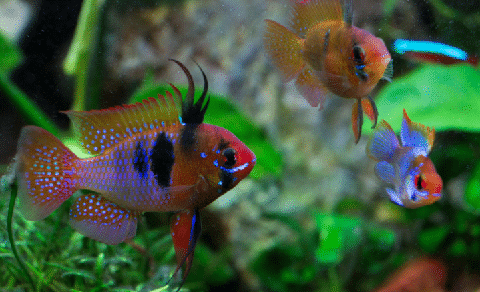
Good Tank Mates
Some good tank mates for Cryptocoryne wendtii include:
- Betta Fish
- Tetras – Like the black skirt tetra or neons
- Small peaceful cichlids like ram cichlids
- Dwarf gouramis
- Loaches
Fish Species To Avoid
Once planted, crypts do not like being uprooted and disturbed so avoid keeping large cichlid types like Oscars that shift the substrate as this may dislodge and damage the plants.
These aquarium plants have been kept successfully with goldfish. Even though they are considered one of the better plants to keep with these fish, goldfish are notorious for damaging plants.
Feeding (Fertilization)
Crypts are root feeders, which means they will get most of the nutrients they need from a good-quality aquarium substrate. If you grow them in an inert medium like sand or washed gravel, however, you will need to feed these plants with root tabs.
How Much And How Often To Feed
Root tabs are capsules of slow-release aquarium fertilizers that are buried in the substrate at the root zone. Crypts are generally slow-growers that don’t need a huge amount of nutrients and therefore your root tabs will probably last a few months before you need to replace them. It is always best to follow the instructions of the specific product you’re using for best results though.
Apart from supplying nutrients directly to the roots, these plants will also benefit from liquid water column fertilizers like APT Complete from time to time. A great time to dose these supplements is after your weekly water change.
Editor's Choice
Made by an aquascaper for aquascapers. This is the best all around aquarium plant fertilizer on the market. Marco and micronutrients in one bottle!
Use Coupon Code ASDComplete for 10% off your order!
CO2 Injection
Co2 injection is not required for growing this hardy plant species. However, if you already run a planted aquarium with CO2, you can grow this plant in the same system and they will definitely benefit from it.
A useful alternative to CO2 injection that could benefit these aquarium plants is a regular dose of a liquid carbon supplement like Seachem Excel.
Excel is a great way to learn about CO2 dosing before you move on into CO2 injection. It also works great at eliminating problem algae spots!
Types
There are many great varieties of this popular plant with different color variations, leaf size, and texture of the leaves.
- Cryptocoryne wendtii ‘Green’ – This small variety reaches a very manageable size making it a great choice for smaller tanks. The green leaves often grow outwards, virtually flat on the ground, although the plant may reach about 6 inches tall and wide.
- Cryptocoryne wendtii ‘Brown’ – This popular form reaches about the same size as ‘green’ but features brown or mottled brown foliage with attractive wavy edges.
- Cryptocoryne wendtii ‘Pink’- This striking form produces bold pink foliage and makes a very interesting specimen. This type will show better color under good light and with added CO2.
- Cryptocoryne wendtii ‘Gecko’ – This very attractive form has bright foliage with wavy margins and red-brown markings.
- Cryptocoryne wendtii ‘Florida Sunset’ – This colorful crypt features highly variable foliage that can be marked in pink, white or golden hues. Grow this form under stronger light to bring out its best colors.
Care
This crypt is a low-maintenance plant that is easy to grow and care for. The most important key to success is maintaining a stable environment. Let’s take a brief look at how to achieve this in the planted aquarium.
Planted Tank Parameters
This plant is adaptable to quite a wide variety of parameters. Like other crypts, they do very well in hard water, but can also be grown in soft water.
This species prefers neutral water pH but will grow fine in weakly acidic to alkaline parameters. They can be grown in water temperatures between 68 and 82°F, making them ideal plants for both cool water and tropical freshwater fish tanks.
Water Quality
This plant prefers good water quality, with stable parameters. Regular partial water changes are one of the most effective and important ways to maintain good water quality. Source water is also a consideration. Hard water can be problematic for plants like crypt wendtii. If you have have really hard source water, you may want to consider an RO system.
The frequency and volume of your water changes will vary depending on the size and on how heavily stocked your aquarium is. In lightly stocked aquariums with good filtration, a 15-20% water change every week is recommended. Planted tanks with aquascapes tend to lean on changes of up to 50% due to keep their tanks purposely overdosed with fertilizers.
Filtration
Adequate filtration is another vital part of maintaining good water quality in planted aquariums. Contrary to popular belief, filters not only clean the water of physical particles but are also essential for the process of biological filtration.
During this process, beneficial bacteria convert harmful chemicals from fish waste and food into less harmful compounds. Take care to keep your bacteria colonies safe by not cleaning your filter media with anything other than tank water and never completely replacing all your filter media at the same time.
In a planted tank setup, plants like cypts will produce more ammonia then fish due to leaf droppings. It is essential to invest in a high quality filtration unit like a canister filter too keep your aquarium from having algae outbreaks.
The Pro's Choice
The top choice among professional aquascapers. German engineering and equipped with an intregrated heater.
Flow
Since this plant is most adapted to slow-flowing rivers and streams, they will do best in aquariums with low to moderate flow. In the aquarium setting the aquarist can use hardscape features like rocks, driftwood, or ornaments to break up the water flow if needed.
Aquarium Maintenance
Aquarium maintenance is a vital part of the hobby and something all aquarists need to keep up with to keep their tanks looking their best and their plants and animals in great health.
Testing Water Conditions
Regular testing of your water conditions is an important part of monitoring the health of your aquarium. Fortunately, this is pretty easy with a liquid or strip test kit.
Use your test kit to keep an eye on values like ammonia, nitrites, and nitrates, as well as pH and hardness. A thermometer is also essential to monitor the performance of your heater.
How To Set Up Your Aquarium
These popular aquarium plants are hardy and adaptable, which means they will do well in most freshwater aquarium setups. Depending on the variety, these crypts can even be kept in small aquariums of just a few gallons.
Keep in mind that the smaller your setup, the more difficult it is to maintain stable water conditions as parameters can shift pretty quickly.
The key is to provide enough open space and substrate at the bottom of the tank to allow them to develop a strong set of roots. It is best to provide 2-3 inches of aquarium soil, sand, or gravel.
How To Propagate
Cryptocoryne wendtii is quite easy to propagate, although they are a fairly slow-growing plant. Healthy, mature specimens will send out runners that can be removed and replanted. Here is a great video from Otter Creek Aquatics that shows how to propagate Cryptocoryne Wendtii.
Crypts don’t particularly enjoy being moved though so it is best to wait until the plantlets have grown a few leaves and roots before replanting as this gives them the best chance at surviving the move.
Health And Disease
Signs Of Good Health
The foliage of healthy Cryptocoryne wendtii plants will vary in color and texture depending on the variety but a fairly dull color is quite normal. The leaves should be firm in texture and the plant should have a robust and healthy root system.
Signs Of Poor Health
Look out for plants that have melting or decaying foliage. In the early stages, this will appear as discolored growth that may become somewhat translucent before beginning to decay.
Leaves that have holes or look like they have been partially eaten might be suffering from a nutrient deficiency.
Common Health Issues And Treatment
One of the most common problems seen in this plant is the dreaded crypt melt. In reality, this is nothing to be too concerned about and happens after planting many different aquatic plant species and common when a new plant is introduced.
Melt usually happens when plants are grown in new environments. The conditions in the home aquarium are usually very different from the farms where these plants are grown and they need to go through a period of adjustment in order to adapt to the new environment.
During this time, crypts often lose leaves. Go ahead and remove any dead or dying leaves before they decay in your aquarium because this can affect water quality.
If the conditions in your aquarium are suitable, they will recover and you should see new growth being produced. They are pretty slow-growing plants of course, but your patience should be rewarded.
Plant Pests
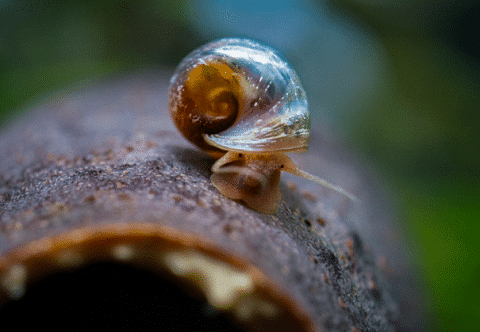
Pests like snails and parasites are often accidentally introduced to home aquariums when adding new plants. Quarantining or sterilizing new plants with a very mild solution of bleach is one useful technique to avoid this.
Dipping new plants in a solution of 1 part bleach to 20 parts water can be very effective, just be sure to limit the exposure to 2 minutes or less and then rinse off the plant thoroughly in clean water treated with a dechlorinator.
An easier way to avoid introducing pests is to start off with tissue culture specimens that are farmed under special, pest-free lab conditions.
Where To Buy
This very popular aquarium plant is not difficult to find at pet stores and online fish stores. Trusted online retailers like Buceplant stock a range of different varieties as well as pest-free tissue culture specimens at great prices.
A great low tech plant for multiple aquascape types and setups. Forgiving and hardy, the Cyrptocoryne Wendtii is a great introduction to rooted plants!
FAQS
How do you grow them?
Cryptocoryne wendtii is easily grown by planting the roots into a suitable substrate like aquarium soil, or sand or gravel enriched with fertilizer capsules.
How fast do they grow?
These are naturally slow-growing plants, that may grow at a faster rate with good quality lighting and CO2 injection.
Do they need substrate?
Crypts grow from a well-developed root structure and should be planted in the substrate. Some aquarists have had good success by growing these plants attached to driftwood although this is not usually recommended.
Do they need to be planted?
These cryptocorynes need to be planted in the substrate in order to grow well. Trimming the roots before planting them in the substrate can make the task a lot easier. Use your aquascaping tweezers to push the roots into the substrate and take care to keep the plant’s crown clear and exposed.
Closing Thoughts
Cryptocoryne wendtii is one plant that all aquarists should consider growing. This undemanding and low-maintenance species has many different aquascaping uses and will thrive under most lighting conditions. Have you ever tried it in your aquarium? If not, leave us a comment below to tell us how this plant looks with your setup!
- About the Author
- Latest Posts
I’m thrilled that you found Aquarium Store Depot! Here you’ll find information on fish, aquariums, and all things aquatics related. I’m a hobbyist (being doing this since I was 11) and here to help other hobbyists thrive with their aquariums! I adhere to a high quality Editorial Process and Review products with real life field usage and practical analysis.

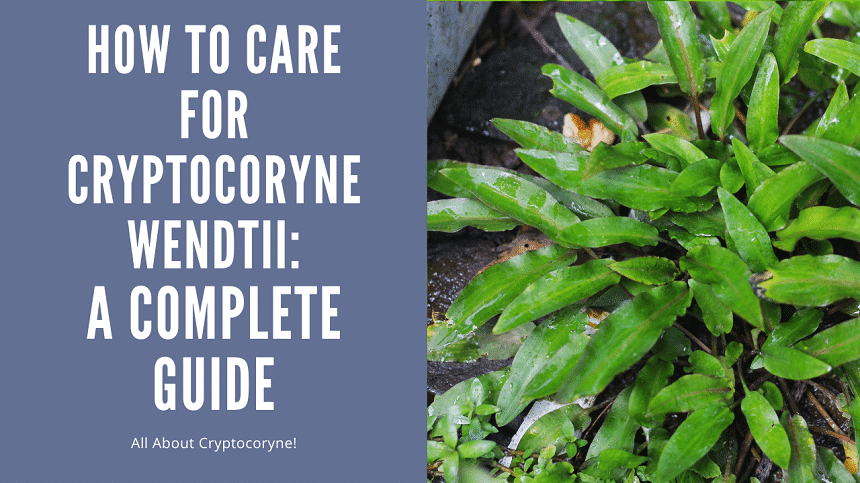
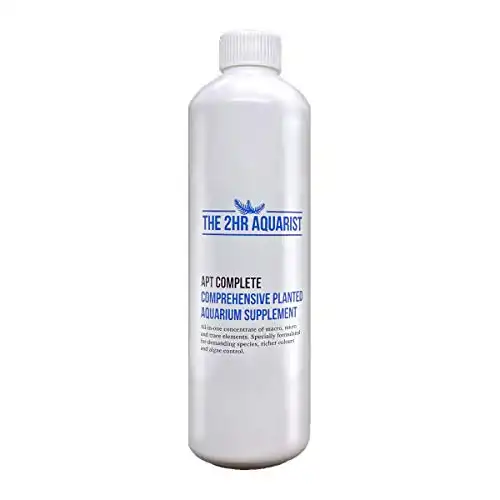

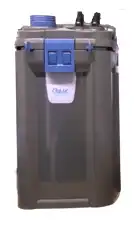
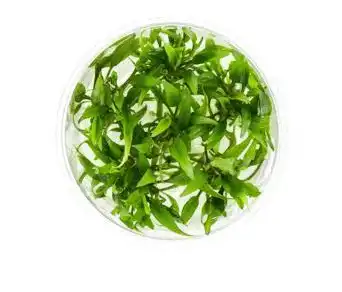




How long do they live? I have had mine for 5+ years and it is huge, out of the water in my 40B.
They can live for many years if taken care of. They can outlive your fish